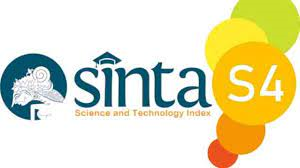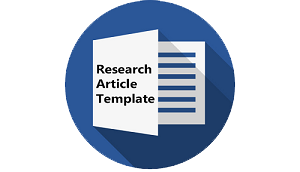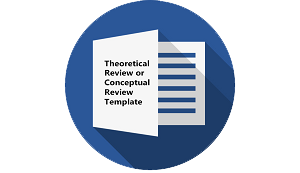NUANCE IN SIMPLE AND PAST TENSE PATTERNS BY INDONESIAN EFL LEARNERS: A CONTRASTIVE ANALYSIS
DOI:
https://doi.org/10.30957/ijoltl.v1i3.186Keywords:
Contrastive Analysis, tenses, affirmative, negative, interrogativeAbstract
This article aims to identify the differences between Indonesian and English in constructing affirmative, negative, and interrogative sentences in simple present and present progressive, and simple past and past progressive tenses. This research is descriptive qualitative design. The 40 first semester students of STIKOM Jayapura was selected as research subject. The result indicated that Contrastive Analysis was the systematic study of a pair of languages with a view to identifying their differences and similarities with the assumption the different elements between the native (Indonesian) and the target (English) language caused learning problems, while similar elements did not cause any problems. Contrastive analysis hypothesis is criticized for not all problems predicted by contrastive analysis always appear to be difficult for the students. Errors that do turn up are not predicted by contrastive analysis, but if errors cannot be identified through Contrastive Analysis, it will be suggested using Error Analysis.
Â
Downloads
Downloads
Published
How to Cite
Issue
Section
License
Authors who publish with this journal agree to the following terms:
- Authors retain copyright and grant the journal right of first publication with the work simultaneously licensed under a Creative Commons Attribution-ShareAlike 4.0 International License that allows others to share the work with an acknowledgement of the work's authorship and initial publication in this journal.
- Authors are able to enter into separate, additional contractual arrangements for the non-exclusive distribution of the journal's published version of the work (e.g., post it to an institutional repository or publish it in a book), with an acknowledgement of its initial publication in this journal.
- Authors are permitted and encouraged to post their work online (e.g., in institutional repositories or on their website) prior to and during the submission process, as it can lead to productive exchanges, as well as earlier and greater citation of published work (See The Effect of Open Access).












